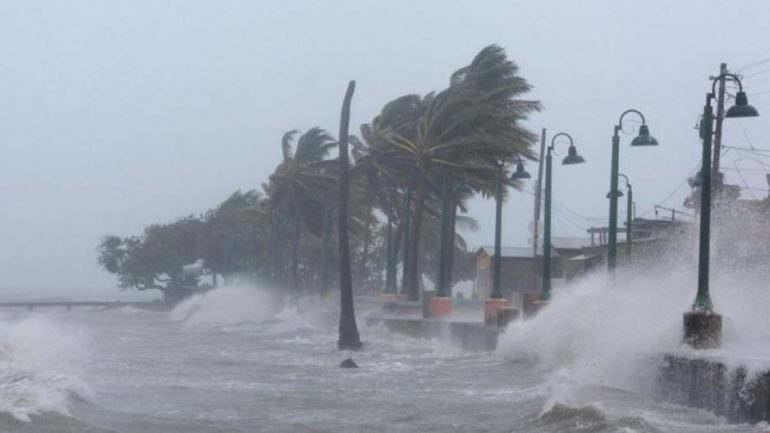Hurricane "Harvey", Hurricane "Katrina", Cyclones "Irma", "Sandy" and "Bola". These are the names of some extreme weather events that caused disasters and cost the lives of residents. But why do we give them names and where do we get them?
Until 2015, various European agencies and meteorologists gave their own names to strong storms and were maintained. The popular Irish meteorologist Deric Hartigan used, for example, his own names, while the German media followed an unofficial naming scheme from the Free University Meteorological Institute in Berlin, which "baptizes" the big or the small. 1954.
The decision to give the storms official names came after the catastrophic storm in October 2013 in the UK, which spread and killed 17 people across Europe. "Not having a single reliable system was confusing, with the media using different systems to describe the same storms." The agencies were concerned, for good reason, that this confusion would make significant weather forecasts less effective.
In 1953 the United States began using female names for hurricanes. The use of only female names seems to come from a depressingly sexist joke about hurricanes and a female mindset that was hard to predict. In 2014, a group of female researchers found that storms with a female name caused more deaths than those with male names. For example, the environmental disorder in Antarctica, Melba, was named after the Australian soprano Nellie Melba.
Australian government meteorologist Clement "Wet" Wragge was probably the first person to give storms human names, but he was not the first to name storms in general. There are documents and records of storms that occurred before 1860 and took the name of the areas most affected, the day they started or the names of the first victims.
